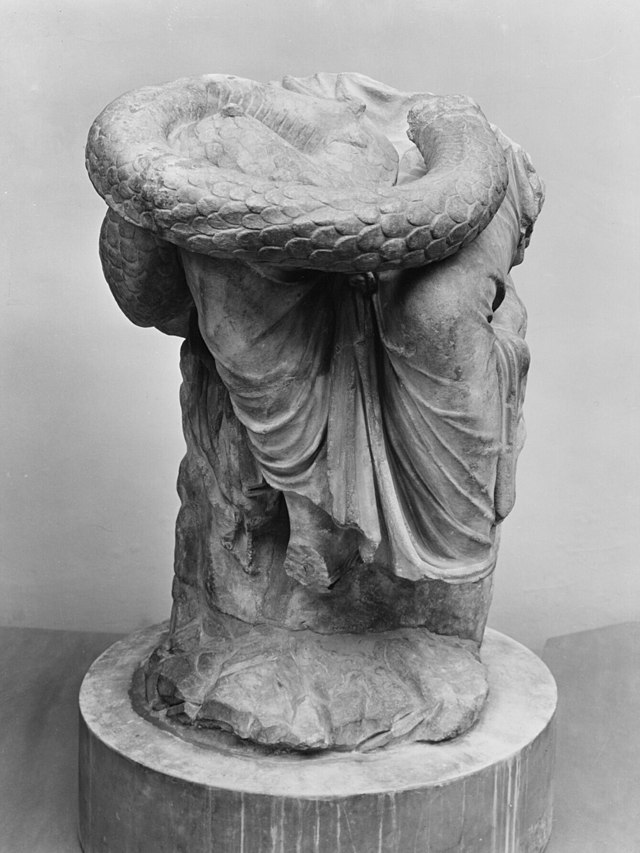Hygieia: Difference between revisions - Wikipedia
 Article Images
Article Images
Content deleted Content added
m |
m |
||
Line 2: In [[Greek mythology]], '''Hygieia''' ([[Roman mythology|Roman]] equivalent: [[Salus]]) was a daughter of [[Asclepius]]. She was the goddess of health, cleanliness and sanitation (and later: the moon), and played an important part in her father's cult (see also: [[asklepieion]]). Though Hygieia had been the subject of a local cult since at least the [[7th century BC [[Pausanias (geographer)|Pausanias]] remarked that, at the asclepieion of [[Titane]] in [[Sikyonia]] (founded by [[Alexanor]], Asclepius' grandson), statues of Hygieia were covered by women's hair and pieces of [[Babylon|Babylonian]] clothes. According to inscriptions, the same sacrifices were offered at [[Paros]]. [[Ariphron]], a [[Sikyonia|Sikyonian]] artist from the [[4th century BC She was often depicted as a young woman feeding a large snake that was wrapped around her body. | |||